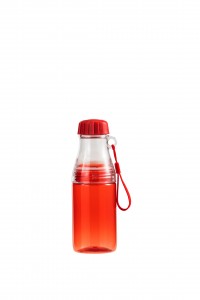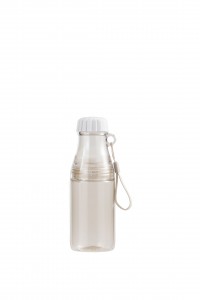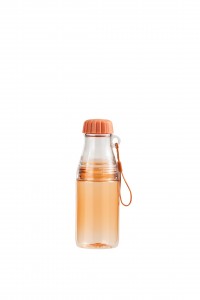In previous articles, the differences between the plastic materials of plastic water cups have been explained, but the detailed comparison between PS and AS materials seems not to have been explained in detail. Taking advantage of a recent project, we compared the PS materials of plastic water cups with Let me share with you the differences of AS materials.
Before sharing, let me share my personal thoughts on writing articles about water cups over the years. We started writing articles about water cups in 2022. From rudimentary writing to now, we can analyze it more comprehensively and scientifically for our friends. In writing articles over the years, I have also benefited a lot, but writing is also boring and monotonous. From the pain of not being able to write more understandable and rich articles at the beginning, to the pain of not being able to write one article every day like in the early days. The number of friends who follow us is gradually increasing. Some articles are naturally pushed due to their high quality, but there are still more articles that are not recommended. We sincerely hope that friends who like sharing articles on the website and who can help through articles will follow us. website, and help us share the articles you think are valuable so that more friends can see them. Due to the exhaustion of creative materials here, I also hope that everyone will ask one more question and material about water cups and kettles. Thank you very much for your support.
In the previous article, I mentioned what materials are currently used for plastic water cups on the market, such as Tritan, PP, PPSU, PC, AS, etc. PS is rarely mentioned as a common material for plastic water cups. I also came into contact with one European customers came into contact with PS materials for their purchasing needs. Many friends who are engaged in foreign trade know that the entire European market, such as Germany, is enforcing plastic restriction orders. The reason is that plastic materials are not easy to decompose and recycle, and many plastic materials contain bisphenol A, which can cause harm to the human body after being made into water cups. For example, PC materials, although better than AS and PS in some performance aspects, are banned from the European market for the production of water bottles because they contain bisphenol A.
PS, in layman’s terms, is a thermoplastic resin that is colorless and transparent with high transmittance. Compared with the plastic materials mentioned above, its low material cost is its advantage, but PS is fragile and has poor toughness, and this material contains double Water cups made of phenol A and PS materials cannot be filled with high-temperature hot water, otherwise they will release bisphenol A harmful substances.
AS, acrylonitrile-styrene resin, a polymer material, colorless and transparent, with high transmittance. Compared with PS, it is more resistant to falling, but it is not durable, especially not resistant to temperature differences. If you quickly add cold water after hot water, the surface of the material will If there is obvious cracking, it will also crack if placed in the refrigerator. It does not contain bisphenol A. Although filling it with hot water will cause the water cup to crack, it will not release harmful substances, so it can pass EU testing. Material cost is higher than PS.
How to judge from the finished product whether the water cup is made of PS or AS material? Through observation, it can be seen that the colorless and transparent water cup made of these two materials will naturally show a blue effect. But if you want to specifically determine whether it is PS or AS, you need to use professional testing equipment.
Post time: Jan-18-2024


